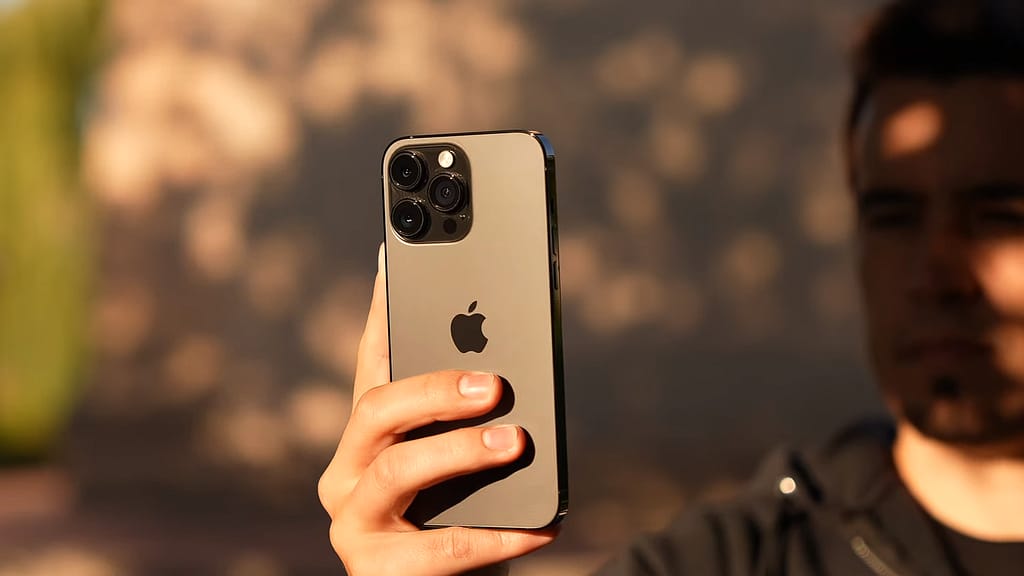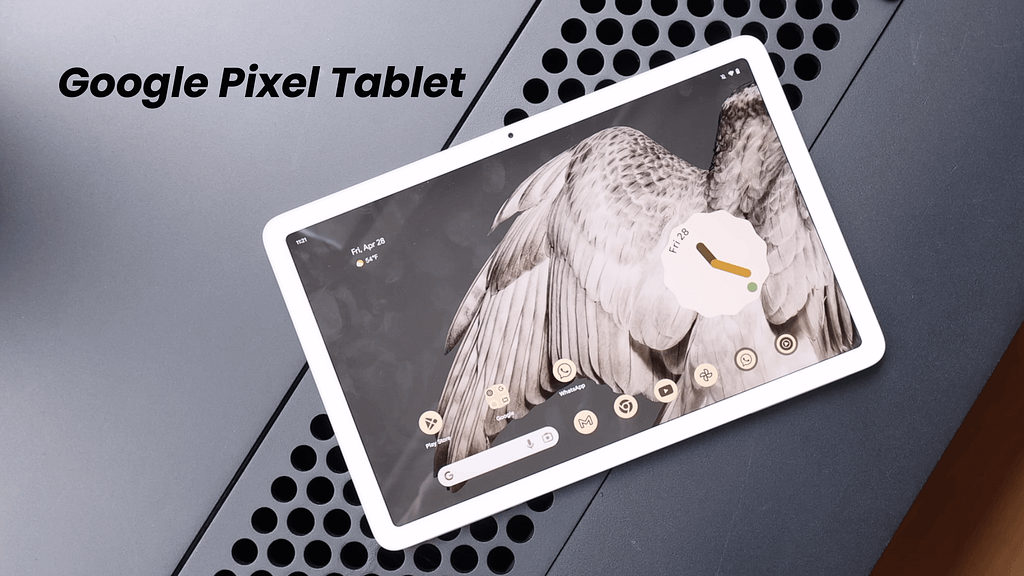In this extensive review of the Motorola Razr 40 (Razr 2023), our team provides a detailed analysis of the smartphone, positioning it as a compelling alternative to other foldable devices in the market. The review begins by acknowledging the current trend of foldable phones following Samsung’s Galaxy Z series announcement and introduces the Razr 40 as an affordable flip phone option compared to flagship models like the Z Flip 5 or Razr 40 Ultra. The article delves into the phone’s design, emphasizing its compact form factor, grippy vegan leather backing, and sturdy teardrop hinge that allows the device to fold completely flat without a gap.
Attention is given to the external 1.5-inch OLED screen’s utility for notifications and selfies, while the inner 6.9-inch foldable OLED screen boasts a 144Hz refresh rate and 1080p resolution. The detailed discussion covers aspects such as Gorilla Glass protection, IP52 rating for Ingress Protection, and the subtle crease in the foldable screen.
Motorola Razr 40 Specs
| Feature | Description |
|---|---|
| Design | Compact form factor, grippy vegan leather backing, sturdy teardrop hinge for complete flat folding |
| Display | External 1.5-inch OLED screen for notifications and selfies, inner 6.9-inch foldable OLED screen (144Hz, 1080p) |
| Protection | Gorilla Glass protection, IP52 rating for Ingress Protection |
| Audio | Stereo speakers with impressive loudness, balanced audio profile |
| Security | Side-mounted fingerprint reader |
| Storage | Options: 128GB or 256GB, no microSD card expansion |
| Interface | Near-stock Android 13 with Moto customizations (gestures, dynamic wallpapers, split UI for half-folded apps) |
| Moto App | Hub for customization features, promises three major OS updates |
| Chipset | Snapdragon 7 Gen 1 (mid-range), suitable for regular tasks, not ideal for heavy gaming |
| Thermal Management | Stable thermal management during stress tests |
| Battery | 4,400mAh capacity, 85 hours endurance rating, 30W wired and wireless charging capabilities |
| Camera | 64MP main camera, 13MP ultra-wide camera, 4K video capture, night vision processing, autofocus functionality |
The review explores the audio features, highlighting the Razr 40’s stereo speakers with impressive loudness and a balanced audio profile. The side-mounted fingerprint reader’s responsiveness is commended, and storage options (128GB or 256GB) are mentioned, albeit without microSD card expansion. The article then shifts to the phone’s interface, emphasizing the near-stock Android 13 with Moto customizations, including gestures, dynamic wallpapers, and split UI functionality for certain apps when the phone is half-folded. The Moto app is highlighted as the hub for these features, providing users with customization options and a promise of three major OS updates.
The chipset discussion brings attention to the mid-range Snapdragon 7 Gen 1, a departure from the more powerful options found in flagship foldable devices. The article acknowledges that the Razr 40’s performance is suitable for regular tasks but falls short for heavy gaming, suggesting the inclusion of a more recent chipset for improved capabilities. Despite this, stable thermal management is noted during stress tests. The battery capacity of 4,400mAh is presented as an advantage over the Razr 40 Ultra, although the article notes a similar endurance rating of 85 hours in testing, suggesting room for improvement in power efficiency. The inclusion of 30W wired and wireless charging capabilities is acknowledged.
Camera capabilities are thoroughly explored, with a focus on the 64-megapixel main camera and 13-megapixel ultra-wide camera. Detailed assessments of photo and video quality, including 4K video capture, night vision processing, and autofocus functionality, provide readers with insights into the Razr 40’s imaging capabilities. The article concludes by summarizing the key features and limitations of the Motorola Razr 40, positioning it as an excellent flip phone option with top-notch design and folding mechanisms but acknowledging areas for improvement, particularly in chipset performance and power efficiency. The article invites readers to share their thoughts and presents alternative flip phone options for consideration, maintaining an informative and balanced tone throughout.



